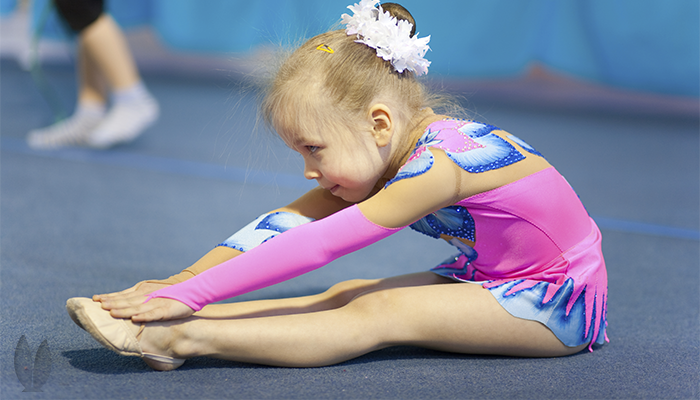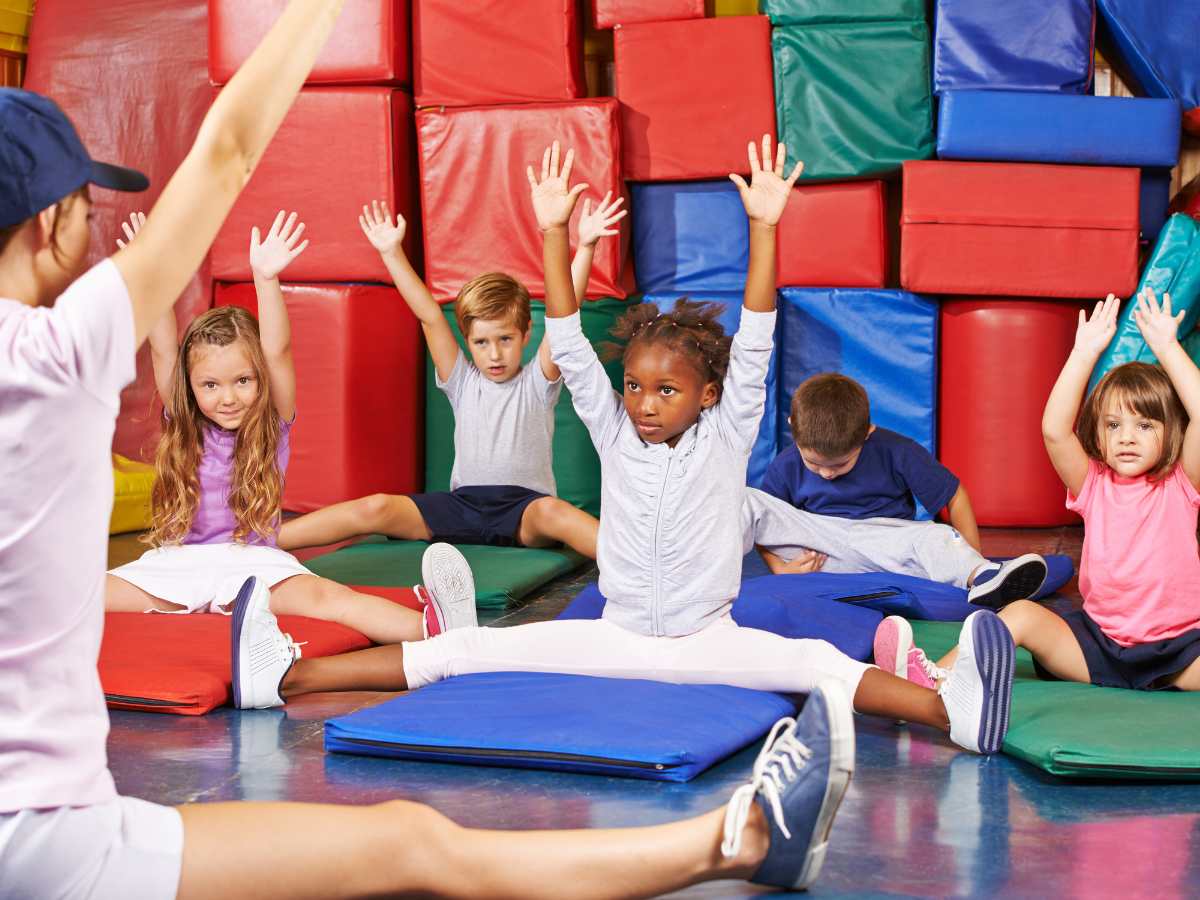Regardless of the type of training your gymnasts do, they’re going to have:
- Soreness
- Pain
- The Potential for Injuries
These are just the facts of life in training hard and working toward continuous improvement. The goal is to minimize these experiences while maximizing their results in building muscle, learning new skills and becoming more athletic.
There is a difference in soreness, pain, and possibly even injury and it’s important for students to understand how to recognize it.
After a push-up workout, a gymnast may complain that their elbows hurt. This isn’t likely to be an injury, but weak muscles protesting the training. But their also might come the moment when gymnasts are stretching or doing weighted mobility and go too far and actually experience some pain (that could be an injury in the making).
These are bodily sensations that are important for gymnasts to be able to differentiate. It is also important that they know what to do to keep their pain from turning into injury.
Always warm-up.
Proper warm-up is critical to health and performance.
A proper (full-body) warm-up will:
- Promote blood flow.
- Increase core body temperature.
- Help distinguish between soreness and pain.
Feeling stiff and beat up isn’t an excuse for your gymnasts to skip warm-ups – but quite the contrary – the critical time to make sure that they spend adequate time moving joints through their full ranges of motion to more accurately assess what condition their bodies are in. More often than not, movement can alleviate feelings of tightness or aching. If the warm-up is too taxing on painful areas, it may be time for recovery not workout.
This is critical. Without the warm-up, the gymnast wouldn’t recognize the need to recover and could produce an injury from a pain point or make an already injured area worse.
If you want to go old-school, take a page from GymnasticsBodies Master Affiliate in Denver, CO, where coaches and instructors use high-repetition sets or jumping jacks to warm-up their classes. This warm-up is very effective at increasing respiration, stimulating the central nervous system, and gently preparing shoulders and hips for training. You may also like agility drills such as high knees, butt kicks, side shuffles, and skips to warm-up your gymnasts.
Next comes joint preparation. Gymnasts’ joints must be ready for the ranges of motion that their workout requires. This preparation can be tailored to the training session plan. For example, if you have handstand training planned, then your joint prep would focus on stretching wrists, elbows, and shoulders.
Pushing too hard.
It is important for your gymnasts to challenge their bodies and push themselves to their limits but not go beyond into pain and injury. As coach and trainer, you can help to prevent this, but it is important that your serious trainees know what to do when they suspect that something has gone wrong.
- Listen to the body. If something hurts, gymnasts should use caution and rest that part of the body for a few days. This may not be what your type As want to hear, but it is the best way to prevent low-level, temporary pains from escalating into full-out, chronic injuries.
- Reassess after rest. Is the pain still present after a few days’ rest? Persistent pain should be assessed and treated by a trained professional. Manual therapy can also do wonders for treating painful areas immediately and provide more information about what may have gone wrong to produce pain. Rest should continue as these assessments are made. Massage, sauna, ice bath and mediation are recovery strategies that can be added here.
- Take the conservative approach. After healing, your gymnasts shouldn’t dive back into hard training. They should train on the conservative side so that the painful or injured area can become reacquainted with the training regimen and continue to heal and get stronger. This doesn’t mean that your gymnasts need to ease up on training the rest of their bodies. It’s a mistake to over-react and bring a halt to all training.
Source: gymnasticsbodies






